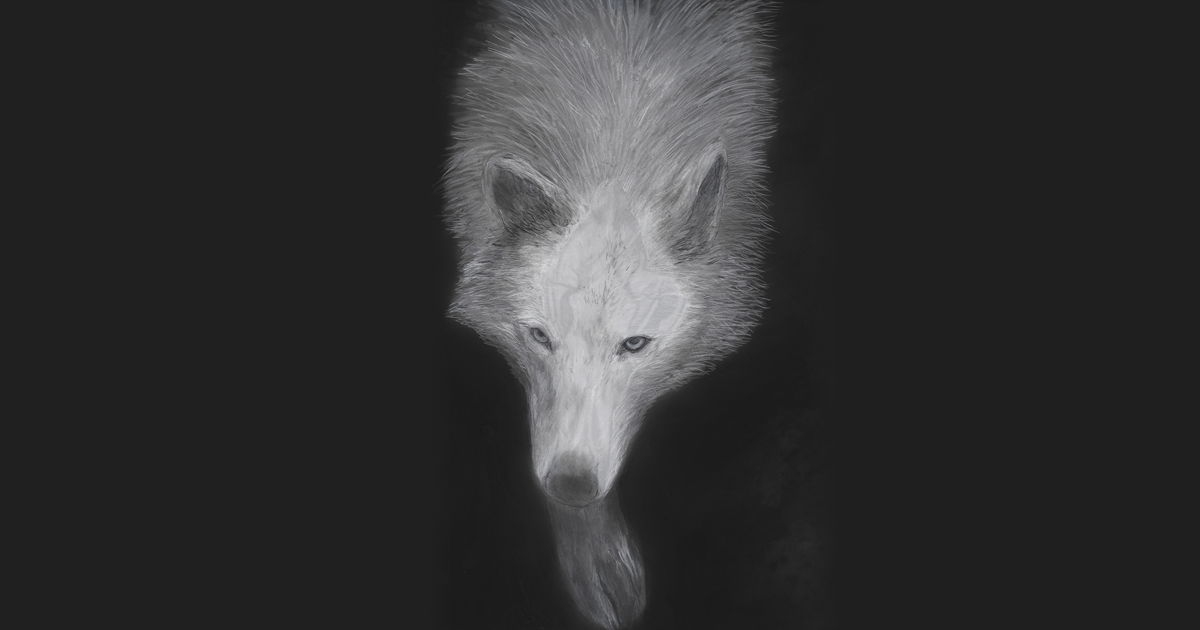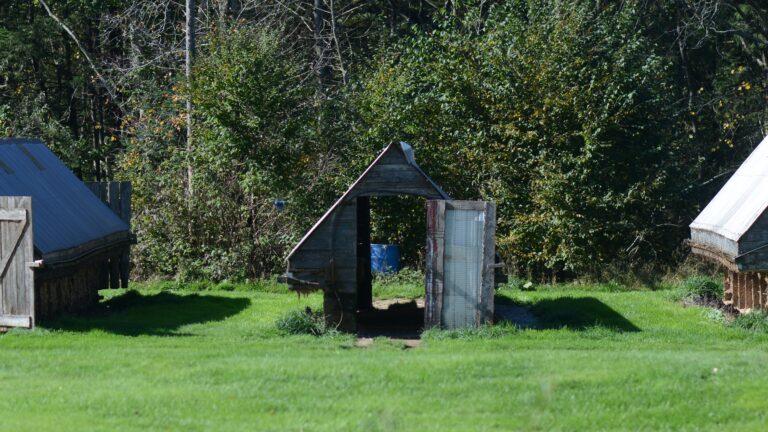
Header image courtesy of Sarah Ronald. Sarah is a mixed media animal artist based in British Columbia. View her work at www.sarahronald.com and on Instagram at @sarahronaldartist.
As we move towards the winter months, the Government of British Columbia is preparing for another winter of killing wolves in the province’s unethical wolf cull.
Through a freedom of information request, The Fur-Bearers has obtained new documents that detail the process of capturing wolves in British Columbia’s remote wilderness. These documents suggest that the process of capturing wolves may violate the government’s own policies, which require methods of wolf reduction be humane.
Before wolves are shot from helicopters in BC, some individuals are captured using net-guns shot from helicopters. Once captured, government contractors place GPS tracking collars onto them so they can follow the wolves to their families and consequently shoot their entire pack. The following document details the process of capturing wolves from a Ministry of Forests animal care form for wolf reduction in the Itcha-Ilgachuz & Tweedsmuir-Entiako regions between January 2021 and April 2022.

The process describes a chaotic and distressing situation for wolves experiencing net-gunning: chased by helicopters, being immobilized with nets shot from above, pole restraints, hobbles, blindfolds, and the application of muzzles or “multiple wraps of strong duct tape” around the mouths of the restrained wolves. This description is a far cry from what any reasonable person would consider “humane”.
Also included in the above cited animal care form obtained by The Fur-Bearers is an appendix with guidelines from the Canadian Council on Animal Care regarding the Categories of Invasiveness for Wildlife Studies. These guidelines are publicly accessible and can be found by clicking here. The categories list various invasive procedures towards wildlife and the resulting pain and distress caused to animals. There are five categories of invasiveness: ‘A’ being the least invasive and ‘E’ causing the most severe pain to animals.
Capture using net gunning, the procedure described above, falls under Category D in these guidelines. This categorization highlights the harmful methods used to carry out the wolf cull and the suffering they cause, and raises questions about the government’s oversight of the cull and acceptance of inhumane practices.
Category of Invasiveness D
Methods which cause moderate to severe distress or discomfort
Possible examples: capture, using methods that have the potential to cause injury (e.g., high velocity darting and rapid-injection darts with immobilization chemicals, net gunning, etc.); maintenance of wild caught animals in captivity; translocation of wildlife to new habitats; major surgical procedures conducted under general anesthesia, with subsequent recovery; prolonged (several hours or more) periods of physical restraint; induction of behavioral stresses such as maternal deprivation, aggression, predator-prey interactions; procedures which cause severe, persistent or irreversible disruption of sensorimotor organization.
Setting aside the unethical practice of shooting wolves from helicopters, the process of net gunning wolves reveals methods that appear to violate the province’s own guidelines, requiring methods of wolf reduction to be humane.
A 2021 government procedure document for the wolf cull writes that the Ministry of Forests and the Ministry of Environment have a responsibility to: “Ensure methods of wolf reduction are humane and consistent with current guidelines for euthanasia of wildlife.” But these new documents reveal that even the process of capturing wolves before killing them fails to meet any definition of humane.
Humane treatment is characterized by sympathy, kindness, and compassion. This is not what is happening to BC’s wolves at the hands of government contractors.
TAKE ACTION
The Fur-Bearers is calling for an end to BC’s wolf cull. We have developed a page with everything you need to know about the wolf cull and how you can take action to end it.
